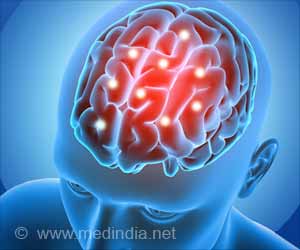New study maps out the multiple roles of a neurotransmitter – dopamine by exploring a much simpler brain of the fruit fly.

‘New study maps out the multiple roles of a neurotransmitter – dopamine by exploring a much simpler brain of the fruit fly.
’





Smells are important to flies. When the fly encounters an odor and then gets a sugar reward, a quick release of dopamine alters the strength of connections between neurons of the mushroom body (brain center for olfactory learning). Dopamine and Learning
This essentially helps the fly to make new associations and change its future response to that odor. Interestingly, the present study discovered that the same dopamine neurons also correlate strongly with the animal’s on-going behavior.
The team noticed on-going dopamine signaling even in the absence of rewards. The same neurons that helped the flies learn associations also fired frequently as the animal moved.
Hence, this dopaminergic neuron activity is not involved in encoding the mechanics of movement alone, but rather appears to reflect the motivation or goal underlying the fly’s actions in real-time.
Advertisement
“There seems to be an intimate connection between learning and motivation, two different facets of what dopamine does. That raised the question, are these neurons representing specific aspects of the movement, like how the animal is moving its legs, or are they related to something else, like the goal of the animal?,” says Vanessa Ruta from Rockefeller University, who led the study.
Advertisement
The study further revealed how one dopamine pathway can perform two functions: conveying motivational signals to rapidly shape on-going behaviors while also providing instructive signals to guide future behavior through learning.
Dopamine is thereby involved in more continuous and dynamic learning than previously thought.
Source-Medindia










